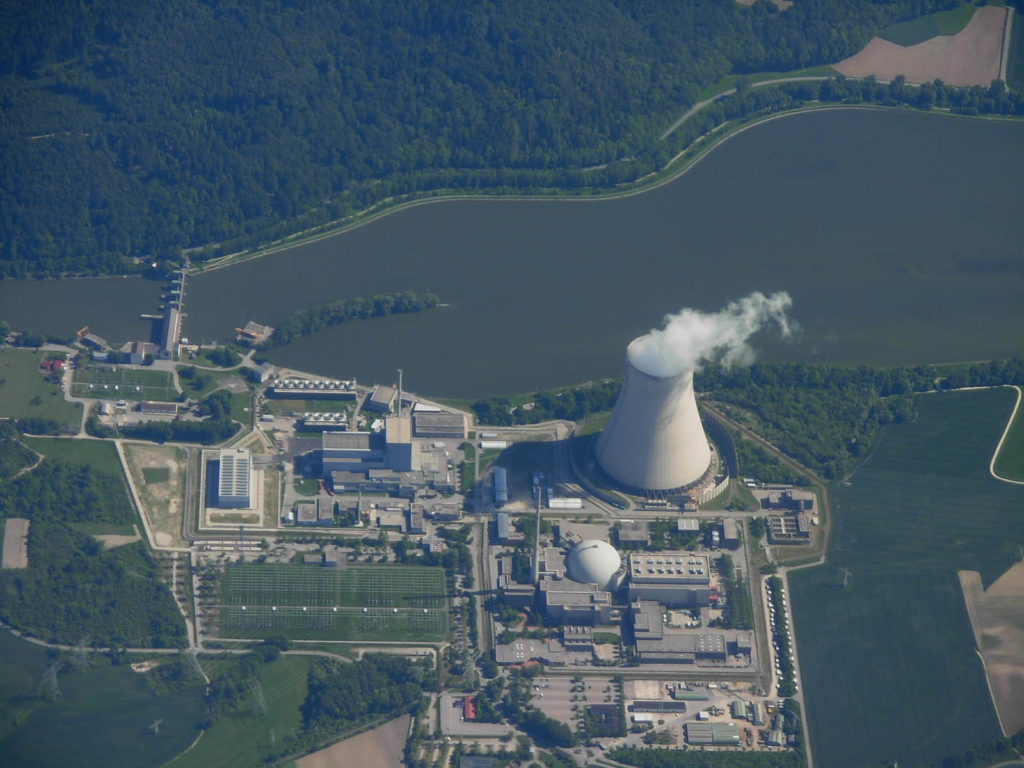Though the film Don’t Look Up, nominated for four Academy Awards, including Best Picture, didn’t take home any statues – it’s one of the most streamed films on Netflix ever, and one that hits closest to home when I look around what’s happening in Australia.
In case you’ve not yet seen it, the plot involves a small group of scientists struggling to warn the world that a “planet killer” comet is hurtling towards Earth and will destroy everything in its path.
The film’s extremely unsubtle metaphor, that climate change is happening now, and governments refuse to address it, also portrays the government’s misbelief that unproven technologies will be our saviour.
One of the film’s many antagonists, Peter Isherwell (Mark Rylance), CEO of cellular company BASH, is a mishmash of real-life tech billionaires, from Steve Jobs to Jeff Bezos.
Like the Elon Musks of the real world, he experiments with space tech, and convinces the politicians and officials in the story to allow his unproven technology to mine the comet for its precious metals, instead of the much more effective plan A: which is simply to destroy it.
You would think for those in power, taking a risk with such a razor-thin margin of error would be too outlandish even in a film, but that’s exactly what our government is doing today.
Our very own Federal Government in Australia is hedging its bets on the slim chance that at some point in the future we can simply capture and bury the emissions from burning fossil fuels.
Emissions that are, right now, driving a rapid rise in global temperatures, triggering unprecedented extreme weather events like the recent disastrous flooding in Queensland and New South Wales, and the destruction of our beloved Great Barrier Reef.
The Coalition’s light-on-detail plan to get to net zero by 2050 (which, by the way, is too late), assumes that pouring billions into technologies like carbon capture and storage (CCS), will somehow magically achieve massive emission reductions one day far into the future.
Unlike the unproven technology in Don’t Look Up, it’s even more ridiculous when you consider scientists already know it simply does not work, and likely never will, at least not at anything like the scale that would be required.
Decades of CCS research and billions of dollars invested have proven it will not help stop climate change, let alone reverse the damage done in decades to come. Even when a project manages to get up and running, CCS trial sites like Chevron’s Gorgon gas plant continue to spew out huge amounts of pollution.
There is not a single CCS project in the world that has delivered on time, on budget, and captured the targeted amount of carbon.
In the film we see Isherwell as an admired and almost God-like figure. When the true intentions of his character are made clear – everyone and everything is an asset to be capitalised – leaders still allow him to pursue mining the comet, for the supposed technological resources it will bring.
The similarities are striking.
Climate change is already here – destroying homes, the environment and sadly causing loss of life – and we don’t have a moment to spare.
We know that it is far better and cheaper to avoid carbon emissions in the first place, rather than try to capture and store them. And that it’s the actions we take this decade that matter the most. The problem will not be solved overnight at some point in 2049. The idea that our Government can have its carbon cake and eat it too is ludicrous.
We already have the technology, now, to decarbonise the Australian economy and create thousands of new jobs through clean manufacturing, clean energy and restoring ecosystems. The majority of the developed world is pursuing this, while Australia hands over more money to figures like Isherwell, the 1% and socially removed, who continue bungle clean economy efforts in pursuit of sustaining fossil fuels as long as possible.
Obviously, the ending of Don’t Look Up (spoiler alert), sees Isherwell’s pipe-dream technology arrive on the comet, only to fail instantly. He knows full well it was always a long shot and bails from Earth as the horror sets in among those observing this catastrophic failure.
Unfortunately, in the real world, we’ll have no Plan B, or C, or D. It’s young people today and their children who will live with the poor decisions our governments make now. And make no mistake, relying on future fantasy technology to save us rather than tackle this head on, is a very poor choice indeed.
The space races, fossil fuel ventures and carbon capture fantasies cooked up by those with unthinkable wealth will not help the climate stabilise one day. Only a concerted effort to drastically reduce emissions in the next 10 years can do that.
Our window is rapidly snapping shut and we get one shot at this. So let’s heed this cautionary tale and get it right.










